T4K3.news
NASA Reports on Greenland's Glaciers and Marine Life
NASA’s supercomputers reveal how melting glaciers influence Arctic marine ecosystems.
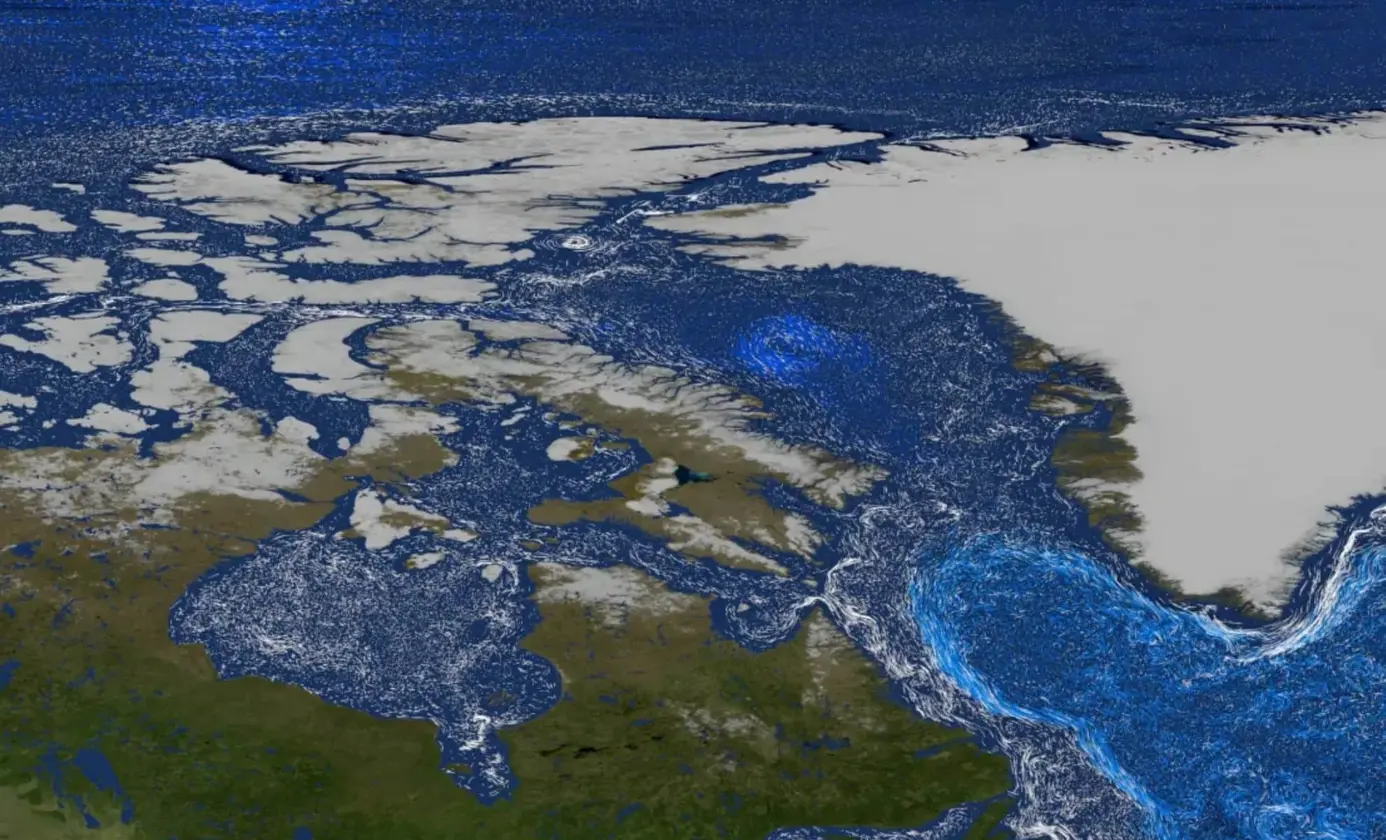
NASA’s supercomputers reveal how Greenland’s most active glacier is triggering a threatening shift in ocean life.
NASA's Supercomputers Examine Greenland's Melting Glaciers and Marine Life
Greenland’s ice sheet is melting rapidly, affecting ocean ecosystems. A recent study published in Nature Communications: Earth & Environment utilized NASA’s supercomputers to investigate the impact of glacial meltwater on marine life. This research revealed that the melting Jakobshavn Glacier releases nutrients that boost phytoplankton growth, essential for marine food webs, marking a significant shift in the Arctic ecosystem's dynamics. With up to 40% increased phytoplankton growth noted, the findings raise concerns about the long-term effects of climate change on these marine environments, especially as rising temperatures and changing salinity come into play.
Key Takeaways
"We didn’t build these tools for one specific application."
This statement highlights the versatility of the models developed for the study, suggesting they can be applied to various global regions.
"We were faced with this classic problem of trying to understand a system that is so remote and buried beneath ice."
This reflects the challenges scientists encounter in studying ecosystems affected by glacial melt.
The findings from this study point to an urgent need for monitoring marine ecosystems as climate change progresses. While increased phytoplankton can enhance food sources for smaller marine life, it remains uncertain how these changes will affect higher trophic levels and overall biodiversity. The application of advanced modeling tools demonstrates a proactive scientific approach to address the complexity of climate impacts, yet highlights that the outcomes of these shifts may be unpredictable. Continuous research and adaptation of these models to other regions are essential to mitigate potential risks associated with marine life changes driven by glacier melts.
Highlights
- Greenland's glaciers are melting, and the ocean is responding in unexpected ways.
- Phytoplankton growth may surge due to melting ice, but what's next for marine life?
- NASA's tools are not just for Greenland but can model climate change globally.
- The ice melts, and the ocean breathes new life into its depths.
Potential Risks of Glacial Melt on Marine Ecosystems
The study indicates significant changes to marine life due to increased phytoplankton growth and changing environmental conditions, presenting concerns for biodiversity and food security.
Further research is essential to understand the full ecological impacts of these findings.
Enjoyed this? Let your friends know!
Related News

Tragic last photos reveal the fine line between joy and disaster
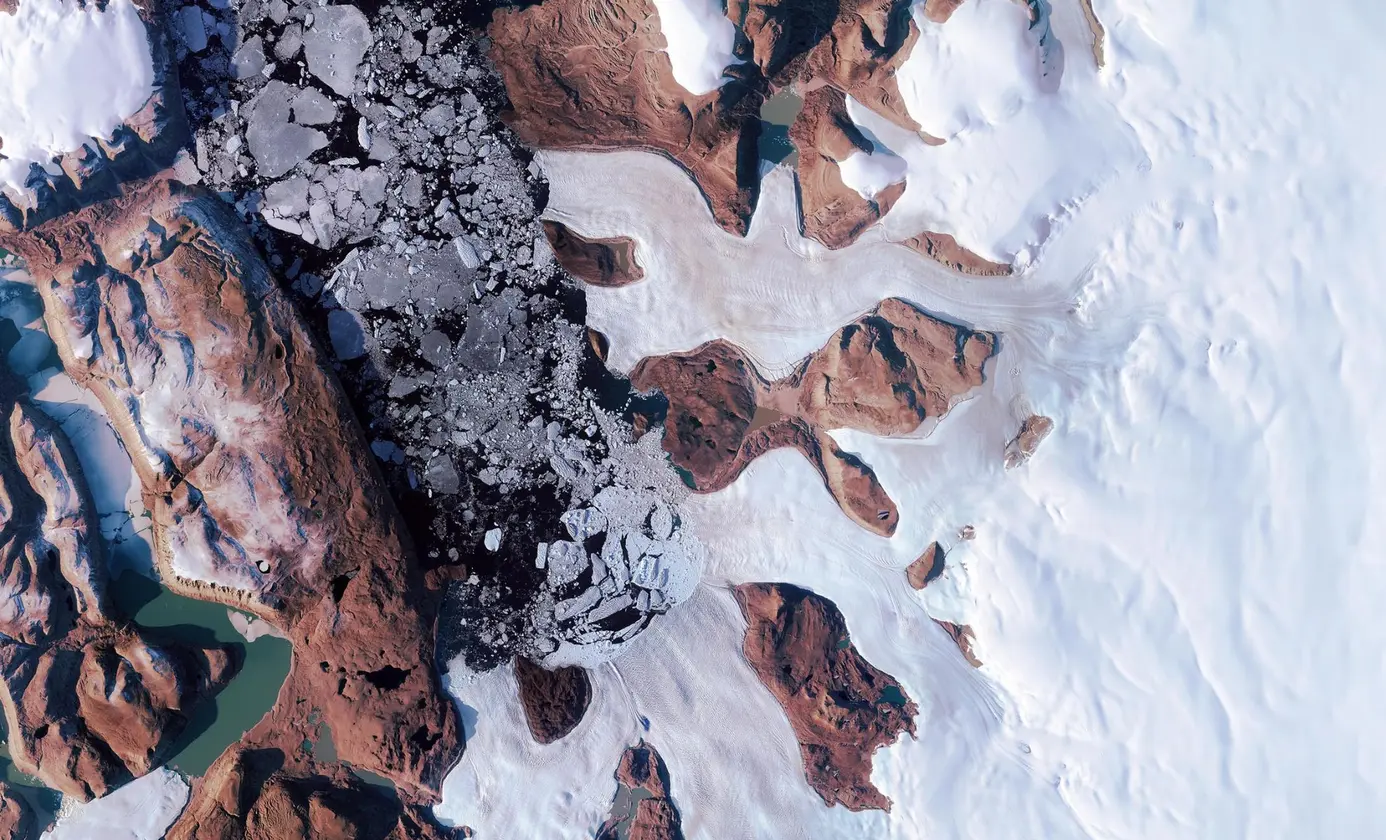
Subglacial lake eruption reshapes Greenland ice
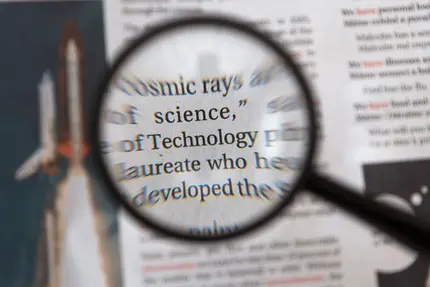
Science journal retracts reported arsenic-eating bacteria study
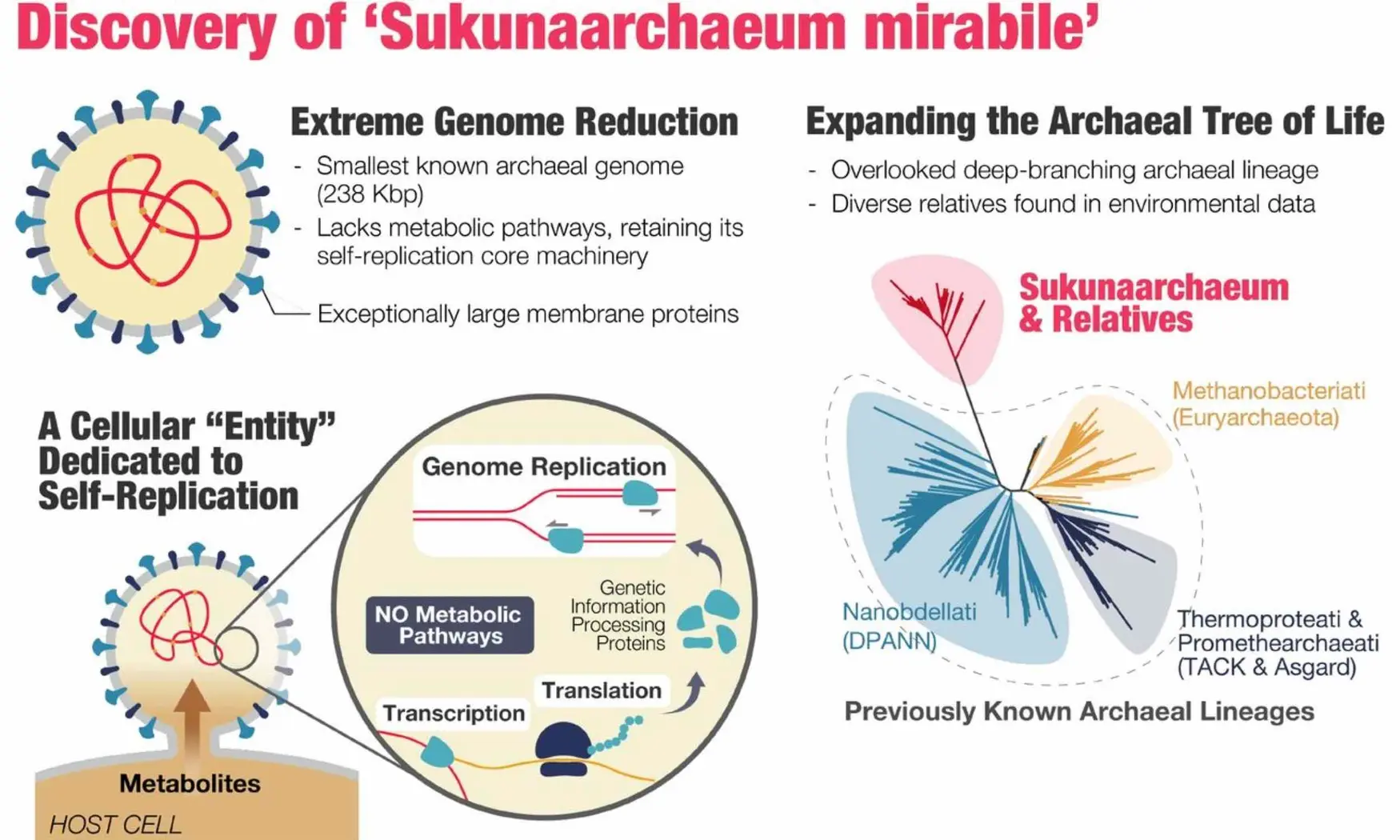
Microbe redefines life boundaries
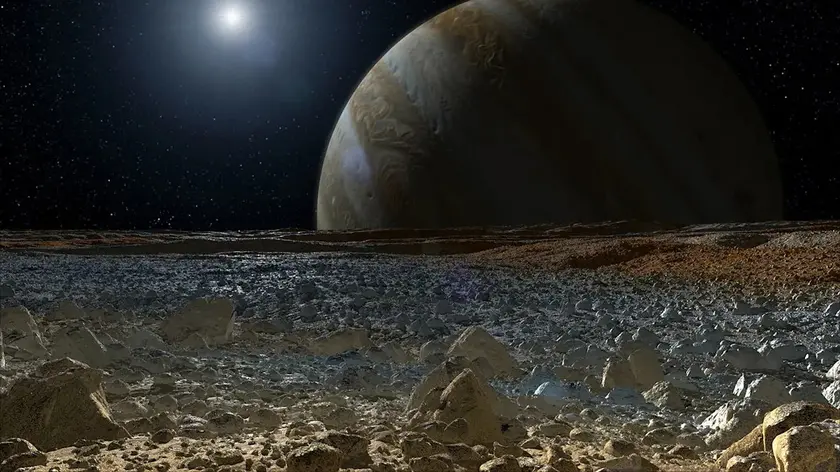
New discoveries from Europa reveal dynamic ice activity
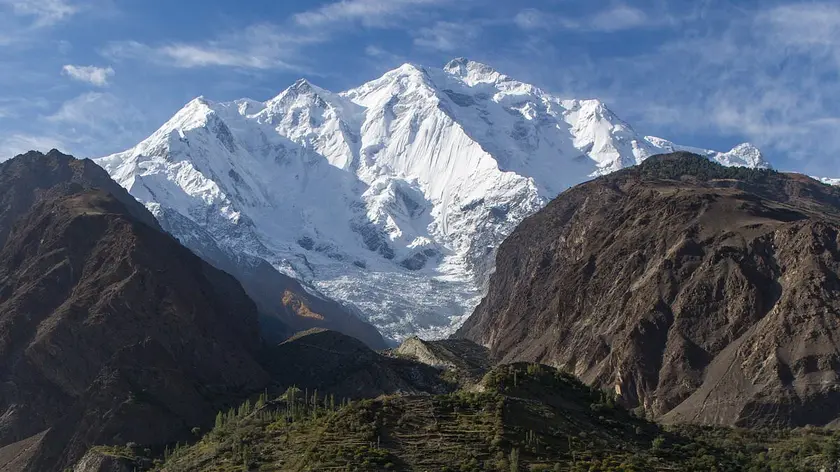
New findings on Karakoram glaciers stun climate scientists

NASA-funded study retracted by Science journal
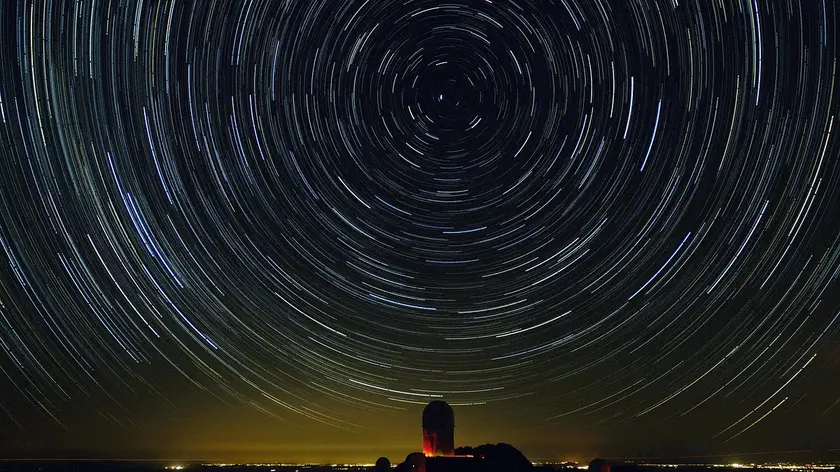
Shortest day recorded tomorrow as Earth spins faster
